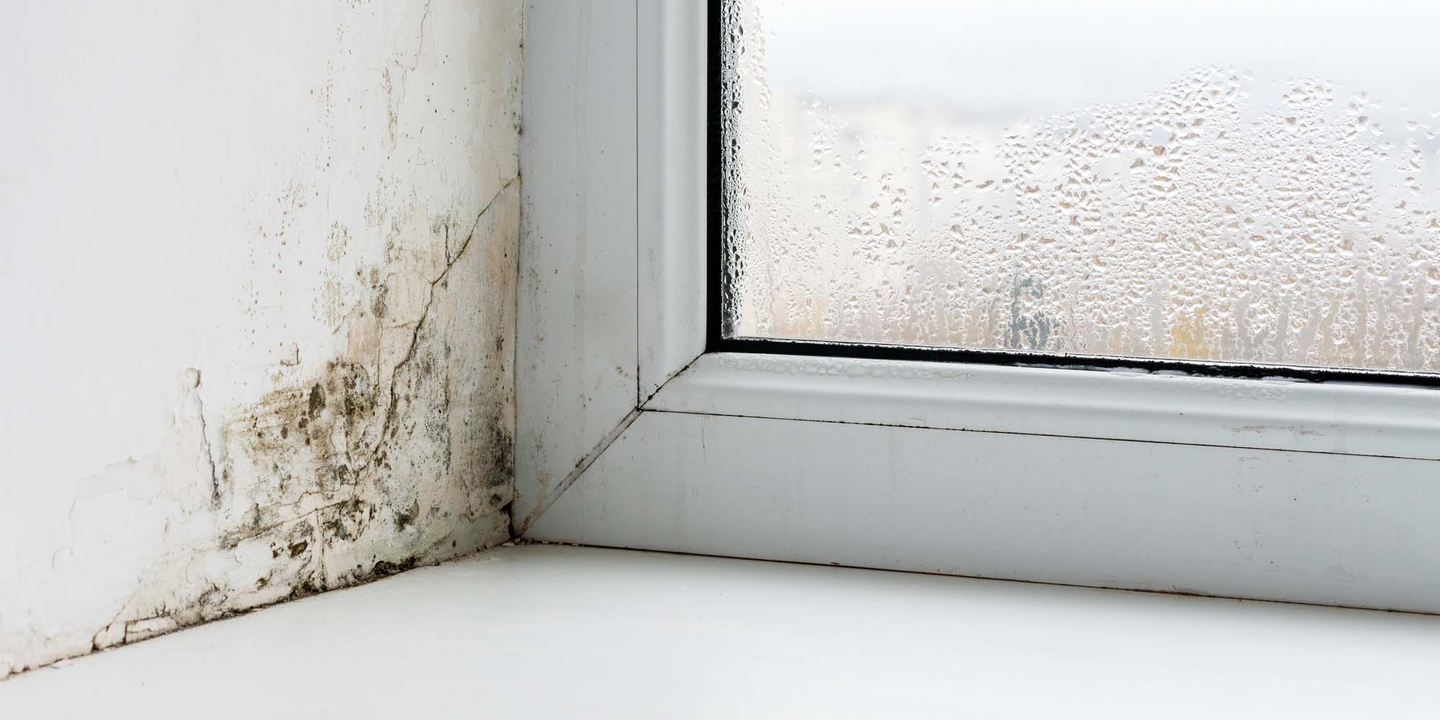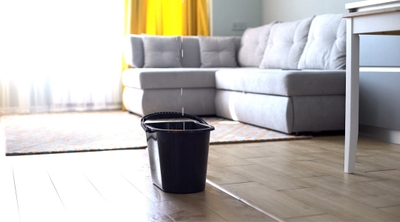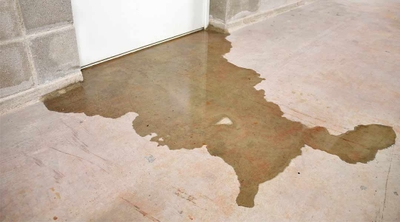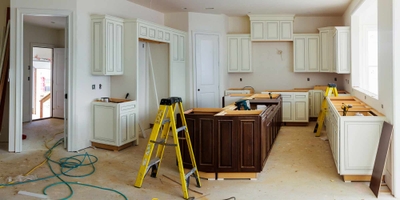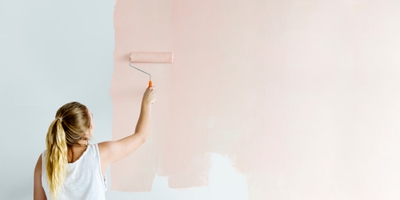Can black mold be removed?
4 min read
You can remove the black mold that sometimes develops in humid conditions around your home. First, determine what's causing the mold and take action before the removal process begins to avoid a recurrence. Then, remove damaged porous items like drywall or carpet completely. You can clean and dry black mold stains on nonporous surfaces like glass, ceramics, and solid wood.
To clean black mold, you need to wear personal protective equipment (PPE), which, according to the EPA, includes gloves, goggles/eye protection, and an N-95 respirator that covers the nose and mouth. Seal off the areas of your home that you will be cleaning. The PPE will protect you from inhaling mold spores or getting it on your skin or clothing. Sealing off the space you're working in can help prevent the mold from spreading to other areas of your home.
What causes black mold?
Mold develops in cool, dark, and damp spaces. In addition to visual inspections for mold, your nose may help you find mold in your home because of its uniquely musty, mildewy scent. “That’s the off gassing of the microbial organisms eating and feeding on cellulose product,” Morgenstern explains. You'll likely find mold in attics, basements, crawlspaces, and beneath sinks.
Black mold is one variety of mold, which is a type of fungus. Mold naturally occurs in the environment, but it’s not something you want in your home. If the mold is disturbed, it may release microscopic spores that can cause adverse health effects if inhaled. The environmental conditions for growing mold include “No sunlight, poor ventilation, warm temperatures greater than 50 or 60 degrees, and a food source,” says Brent Morgenstern, a senior sales estimator at DEC-TAM (an Alloy Group Company) in North Reading, Mass.
Can black mold be fully remediated?
If you first address the moisture problem that caused the mold to form and follow the steps to clean the damage, you can remediate black mold that develops on nonporous materials like glass or metal. Indoor Science advises that mold growth needs to be physically removed, not just "killed." What looks to be dead mold can contain live spores that can be released into the air and trigger allergic reactions.
You can follow up your cleanup with another home mold test kit to determine whether the mold is gone completely. However, the EPA advises that mold can return and grow in empty spaces and crevices of porous material, so the mold may be difficult or impossible to remove completely.
How to remediate black mold
Here are mold removal and remediation steps you can take to get rid of black mold in your home.
1.Inspect the location and eliminate the cause of the black mold
Inspect the mold outbreak and eliminate the cause; for example, repair leaking pipes under the kitchen or bathroom sink, seal foundation cracks, and address external irrigation issues. Once you’ve repaired your home from the water damage and eliminated the leaks that caused the mold, you can take steps to get rid of the black mold damage.
2. Prepare the area and supplies for getting rid of mold
You will create a containment space to keep any mold spores that become airborne within that space. Environmental contractors may turn the containment area into a negative air pressure compartment, so air only flows in, and not out, any time a worker enters or leaves the space. Anyone working in the containment space should also wear appropriate personal protective equipment.
3. Remove and dispose of the mold
For porous items that need to be fully removed and disposed of, such as drywall, you’ll want to mist those items with water to reduce the number of mold spores released into the air during removal. Seal material in thick plastic bags with duct tape before removing it from the work area.
4. Clean the surfaces
To kill black mold on plastic, metal, wood, ceramics, and other nonporous materials, you’ll need the right product. “We use an EPA-approved biocide, but you can also clean mold with a high-phosphate detergent,” Morgenstern says. “There’s a number of different types of products out there to clean surfaces, and everybody uses something a little different.” Bleach, however, isn’t generally recommended. Its purpose is to disinfect or sterilize rather than clean. According to the EPA, it will leave a background level of mold spores behind.
Healthline recommends using cleaning vinegar, which is antifungal and antimicrobial, with a higher acidity than distilled white vinegar, to kill mold on non-porous surfaces. Make sure to dilute it with equal parts water, wear protective gloves, and spot-test fabrics to avoid damage.
5. Dry the area
Between the misting of items for removal and the humidity that helped the mold grow, dry the affected space once you have cleaned it — and keep it dry over the long haul. Morgenstern says that environmental contractors may also treat wall cavities with an antimicrobial encapsulant to help prevent mold growth.
When should black mold be professionally removed?
For anything larger than ten square feet, the EPA recommends working with an environmental contractor for professional mold remediation. If you've had a pipe burst or water in your home from storm damage, you may want to check how it's covered. The U.S. Centers for Disease Control and Prevention (CDC) provides free resources on how to remove black mold, whether done by you or a certified professional.
For do-it-yourselfers, once you’ve seen or smelled something you suspect is black mold, you can get an in-home testing kit for surfaces, air, or both. These tests can tell you whether mold is present but not whether it’s black mold. These kits usually come with instructions for safely collecting samples for laboratory testing. If the mold infestation area is small — less than ten square feet, for example — a black mold removal DIY project is possible. You can clean and remove mold from nonporous surfaces like wood, metal, plastics, ceramic, granite, and glass. Since mold can’t penetrate the surfaces of these substances, you won’t have to replace them.
Will insurance cover mold remediation?
Home insurance typically doesn’t cover mold remediation unless a covered peril like a flood or storm caused the damage. Find out the situations in which homeowners insurance covers water damage.
